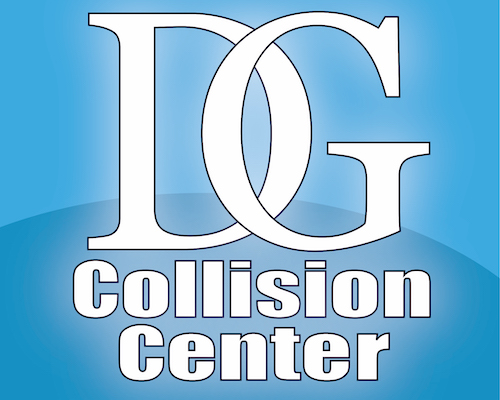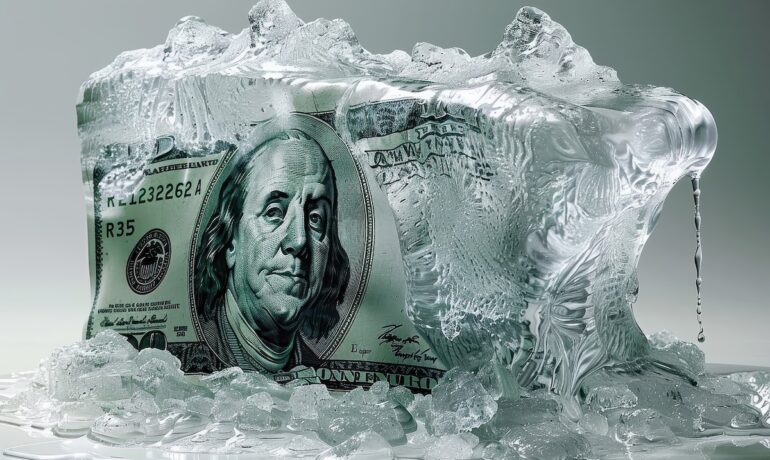 How to Calculate Diminished Value After an Auto Accident
How to Calculate Diminished Value After an Auto Accident
Car accidents can reduce your vehicle’s value by a lot, even after complete repairs. Diminished value affects thousands of car owners yearly and leads to financial losses. Understanding how to calculate diminished value will help you grasp your accident’s true cost and recover your losses.
Understanding Diminished Value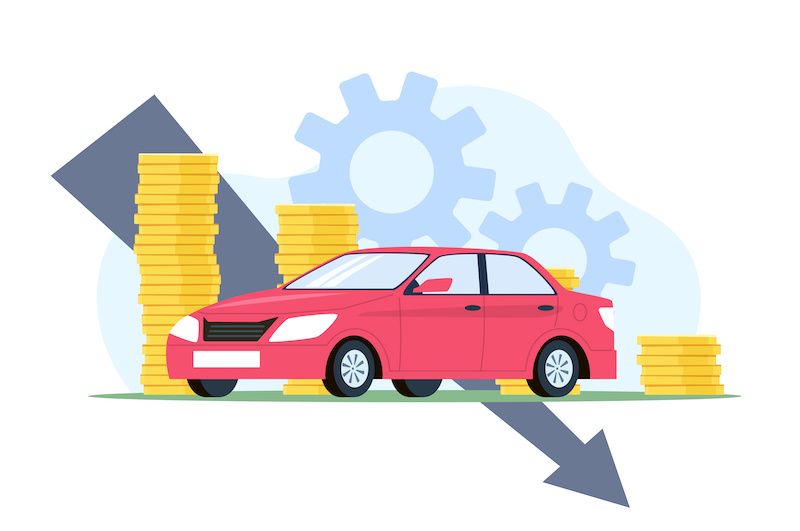
At the time of an accident, your car faces a distinct financial effect beyond repair costs. This loss, called diminished value, shows the difference between your vehicle’s market worth before and after the accident, even with complete repairs.
Definition
You may be entitled to recover compensation through a claim when your car loses market value after an accident. Your vehicle’s resale value drops because accident history shows up on reports like CARFAX. This happens even after perfect repairs. The value difference becomes obvious especially when you try to sell or trade in your car.
Types of Diminished Value
 Inherent : This happens most often and shows how much value your car loses just because it has been in an accident. Your car’s value drops even with perfect repairs because buyers shy away from vehicles with accident history.
Inherent : This happens most often and shows how much value your car loses just because it has been in an accident. Your car’s value drops even with perfect repairs because buyers shy away from vehicles with accident history.
Immediate: Your car’s value drops instantly after an accident, before any repairs begin. People rarely claim this type of loss, but it matters a lot in some cases.
Repair-Related: Your car loses extra value when repairs don’t meet manufacturer standards or when mechanics use aftermarket parts. This loss comes on top of the drop in value from the accident history.
Factors Affecting Diminished Value
Your vehicle loses value after an accident due to several elements:
- Vehicle Characteristics
- Age and mileage of your car
- Pre-accident condition
- Make and model popularity
- Market demand for your vehicle type
The damage extent plays a significant part in determining diminished value. Structural damage guides the value loss higher than cosmetic repairs. Vehicles with high demand maintain more value despite accident history. Luxury and newer vehicles experience greater diminished value when measuring actual dollars lost.
Knowing how to file a successful diminished value claim depends on fault determination and your state’s specific regulations. To cite an instance, another driver’s fault in the accident strengthens your case for compensation through their insurance company.
Steps to Calculate Diminished Value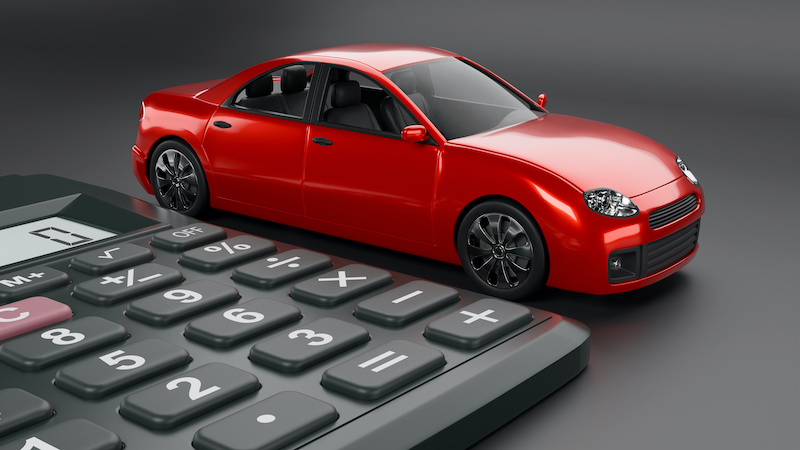
The quickest way to calculate your car’s diminished value uses the industry-standard 17c formula. This formula helps you find out how much value your vehicle has lost after an accident.
Determine Pre-Accident Value
Your vehicle’s market value before the accident serves as a crucial starting point. Reliable resources like Kelley Blue Book or NADA Guides help establish this baseline figure:
- Make and model
- Year of manufacture
- Overall condition
- Current mileage
- Additional features
- Apply the 17c formula (We could provide the complicated formula here. But talk to your auto body repair person. We can help with this.)
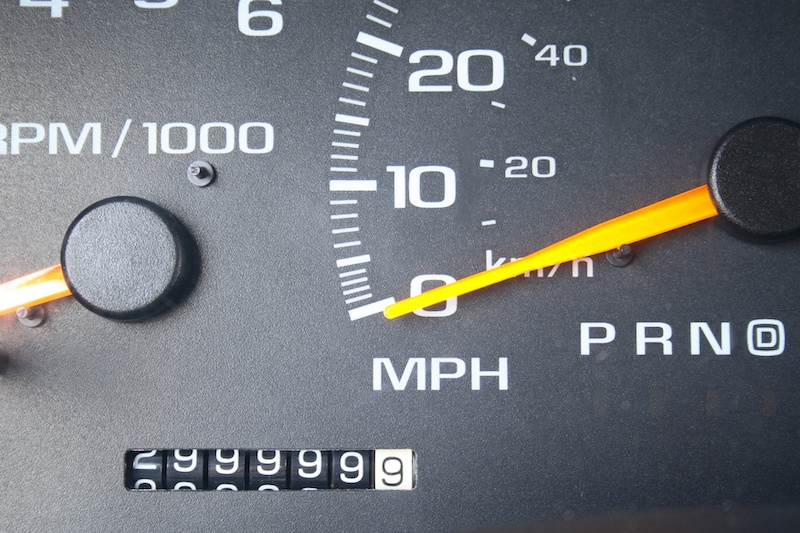 Mileage Multiplier:
Mileage Multiplier:
Vehicles with less than 20,000 miles get a 1.00 multiplier. The value drops by 0.20 for every 20,000 miles driven. Cars exceeding 100,000 miles receive a 0.00 multiplier. Again, instead of trying to figure this out on your own, ask a collision specialist to help you figure it out.
Calculate Final Diminished Value Amount
Your final diminished value calculation requires multiplying your base loss value by both damage and mileage multipliers. The formula provides a starting point for your diminished value claim. Insurance companies use this method frequently, but your actual compensation might differ based on repair quality, vehicle make, and local market conditions. You might need supporting documentation to maximize your claim amount.
Filing a Diminished Value Claim
A successful diminished value claim depends on perfect timing, solid documentation, and smart negotiation skills. This complete guide will help you navigate the claims process and make it work.
Filing Your Claim: Perfect Timing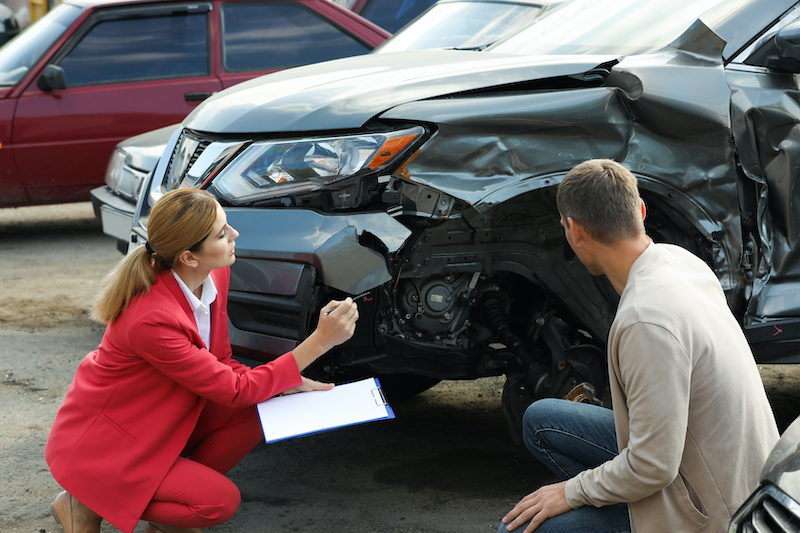
The right timing plays a significant role in your claim’s success. You should file your diminished value claim right after your vehicle repairs are complete:
- Your evidence stays fresh and accessible
- You can gather documentation easily
- Insurance companies respond better
- You meet state time limits (statutes of limitations) comfortably
Required Documentation
Your diminished value claim’s success depends on having the right paperwork. These documents will help build your case:
- Law enforcement’s accident report
- Professional appraiser’s evaluation
- Complete repair bills with itemized costs
- Photos taken before and after repairs
- Market listings of similar vehicles
- Records of all insurance communications
- Documentation of vehicle’s pre-accident value
Negotiating with Insurance Companies
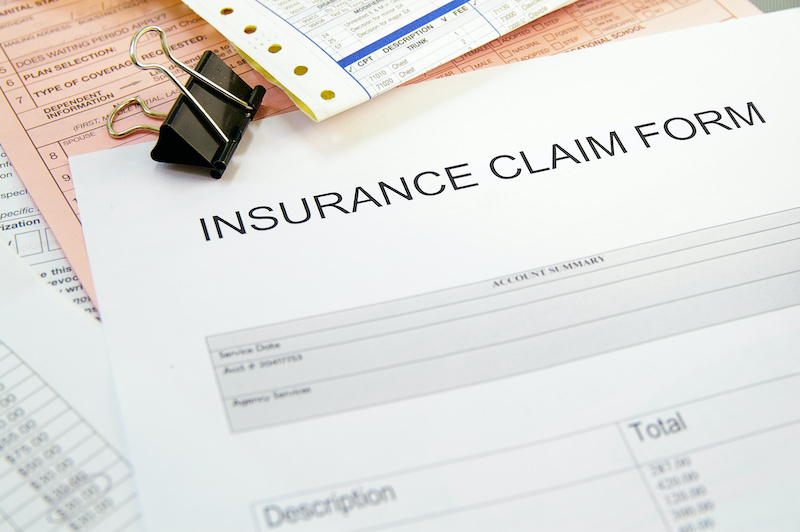 Handle insurance negotiations confidently with these strategic steps:
Handle insurance negotiations confidently with these strategic steps:
- Submit your original claim with complete documentation
- Review the first offer carefully – it’s often lower than fair value
- Present additional evidence if needed
- Keep your communication clear and consistent
- Get professional appraisal support when needed
- Keep records of all conversations and correspondence
Vehicle owners can protect their financial interests after accidents by understanding diminished value calculations. The 17c formula creates a methodical process that works well with proper documentation and market analysis. These elements form the groundwork to determine fair compensation. Car owners who maintain professional appraisals and detailed records build stronger claims and receive appropriate value for their vehicle’s losses.
Car owners need to act quickly and keep detailed records to succeed with diminished value claims. Insurance companies require strategic discussions and proper evidence. Each state has its own rules and deadlines that affect these claims. Knowledge of local regulations becomes crucial for better results. Car owners who prepare accurate calculations and gather supporting evidence have better chances to receive fair compensation for their vehicle’s diminished value.
About DG Collision Center, an Auto Body Shop in Covina, California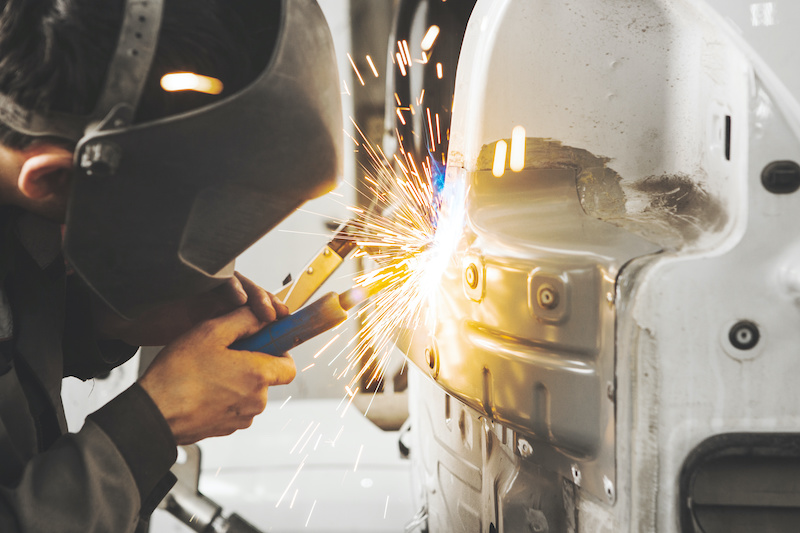
We would love to help restore your vehicle following a car accident or comprehensive damage. DG Collision Center in Covina, California is your one-stop-shop in Covina for auto body repair after car accidents. Our highly trained team includes specialized technicians. We work directly with all insurance companies. This enables our customers to file a claim without even needing to be present.
